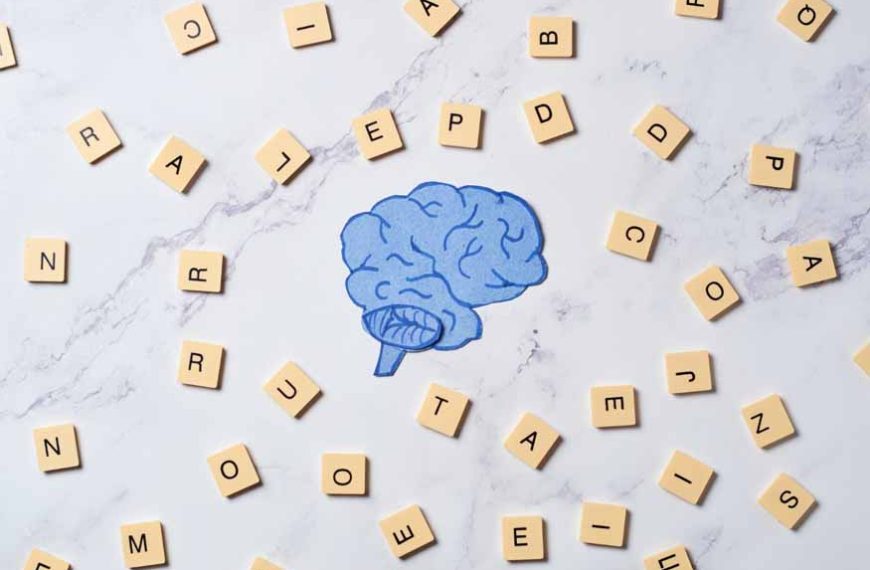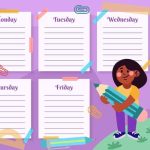The term ‘Receptive Language’ is not as complicated as it sounds and is basically the correct way and ability to understand words and language. It is the proper understanding of both spoken and written language. It’s an essential communication skill that helps children participate in activities, understand and follow instructions and even forms good social skills.
Children who have difficulty in understanding may find it hard to follow instructions and may not be able to respond appropriately to questions and requests. At school, it can lead to listening and attention difficulties and behavioural issues. This may cause a child to fall back in accessing the curriculum or engaging in the tasks required for their level of school. The development of cognitive skills is an extremely important aspect of early childhood development and so it’s important to see how they can be enhanced through receptive knowledge.
What Are The Receptive Skills
Receptive language involves gaining information and meaning from routine — we are dressed so it is time to go to school; visual information within the environment — a red light means stop, sounds and words — a siren means an ambulance is approaching, concepts such as size, shape, colours and time, grammar and written information like storybooks.
These are some examples of receptive language skills in early childhood:
- Being able to understand stories narrated to them
- Being able to answer questions correctly
- Understanding conversations around them
- Using correct verbs, tenses and other sentence connectors
- Understanding social situations and being able to respond properly
Building Blocks of Receptive Language
- Attention and concentration
- Pre-language skills
- Social skills
- Play skills
This involves consistent effort and being able to do activities without getting distracted till their completion.
These refer to the ways in which we communicate through gestures, imitation, facial expressions, joint attention and eye contact without using words.
This is the ability to engage in either verbal or non-verbal interaction with others, be able to recognize and follow social norms and compromise with others.
Engaging in activities that are associated with enjoyment and which are not necessarily goal oriented.
Receptive Language Disorder In Children
Children tend to develop language over time in a number of ways. It’s only when they develop receptive language skills that they are able to develop expressive language skills. They should also be able to concentrate on verbal and non-verbal inputs without getting distracted. Receptive language difficulties often begin before 3 years of age. It could be because of hearing problems, general learning disabilities and limited exposure to a language being spoken.
There are a few tell-tale signs to look out for to determine whether a child has an issue with their receptive language skills.
- Do they have problems speaking?
- See if they can follow instructions without any help.
- Are they repeating questions asked instead of answering them?
- Do they give unusual answers to questions?
- Does it appear as if they are ignoring instructions?
- Do they regularly ask for help?
- Do they get distracted when they’re in a group?
- Do they have difficulty attending and listening to language?
- Do they find it difficult to listen to stories?
Problems Caused by Receptive Language Difficulties
A child with receptive language difficulties, might also have difficulties with
- Attention and concentration
- Disruptive behaviour at home or school because they are unable to understand what people are saying or talking about.
- Reading and writing.
- Social skills like interacting with others, compromising with others,and following social norms.
- Sensory processing in response to sensory stimulation in the environment and their own body.
- Higher order reasoning and thinking skills.
- Expressive language to communicate needs, wants or thoughts.
- Planning and sequencing.
- Auditory processing.
How to Improve Receptive Language Skills
These are just a few simple things you could do to help the situation of children with receptive language disorder.
- Eye contact helps them to understand you better.
- Simplified language and instructions will help them understand exactly what you’re saying.
- Avoid too many instructions at once.
- Ask them to repeat the instruction to ensure that they have understood it.
- Use the concept of ‘first, then’ to help them know the order they need to complete the command First, put on your shoes then get your jacket.
- Encourage the child to ask for clarification or repetition if they forget part of the instruction or have trouble understanding.
- Show the child what to do physically when giving them instructions.
- Emphasise the word or concept you want the child to learn and repeat it in a variety of situations so that they see the different ways in which a concept can be used.
- Visual aids help in a child’s concentration and to recall instructions.
- Use books as they help in building interest.
- Reducing background noise like switching off the television or cell phone helps with better engagement.
Receptive Language Skills Activities
- Daily Activities
- New Words
- Simon Says
- Books
- Obstacle Course
- Introduce New Concepts Differently
- Feely Bag Game
We have below some fun activities that can help improve your child’s receptive language skills.
When you visit the market or any other place, encourage your kid to talk about things you did or saw as well as what you bought. If possible, even draw or act out what happened.
Indulge in games that have new words and phrases that they can learn and which your child will really enjoy.
Take turns with your kid in following and giving instructions. You could gradually increase the length of your instructions as they master them — Simon says count till 10; Simon says count till 10 first, then touch your toes. Also, reinforce body parts like clap your hands, pull your ear and add simple verbs like hop, jump.
Look at picture books with your kid and take turns in asking each other questions about the pictures — What is he/she doing? Together try to think about what might happen next in the story and maybe even different possible endings.
Put up an obstacle course in the house or in the backyard. Take turns to follow and give instructions. Gradually increase the length of the commands — Jump over the box; First jump over the box, then crawl to the toys.
Take up a concept like ‘wet’ and introduce it in different ways — how water is used to wet things, things that are wet and dry, look at pictures of things that are wet, how rain wets things. Make up sentences and stories about things being wet.
Place everyday objects like a toy, toothbrush, cup, pencil etc. into a bag. Encourage your child to
- Reach into the bag and guess what the item is before taking it out.
- Take out an object and describe its colour, shape, use etc.
- Answer questions about the object they have pulled out.
- Guess the item that you have pulled out of the bag by asking questions.
The cognitive abilities of a preschooler are a determining factor of how they will adjust to their environment and also their interaction with others. Improved receptive language plays a key role in enhancing cognitive abilities and EuroKids offers a variety of activities to boost receptive language and eventually enhance cognitive abilities.















